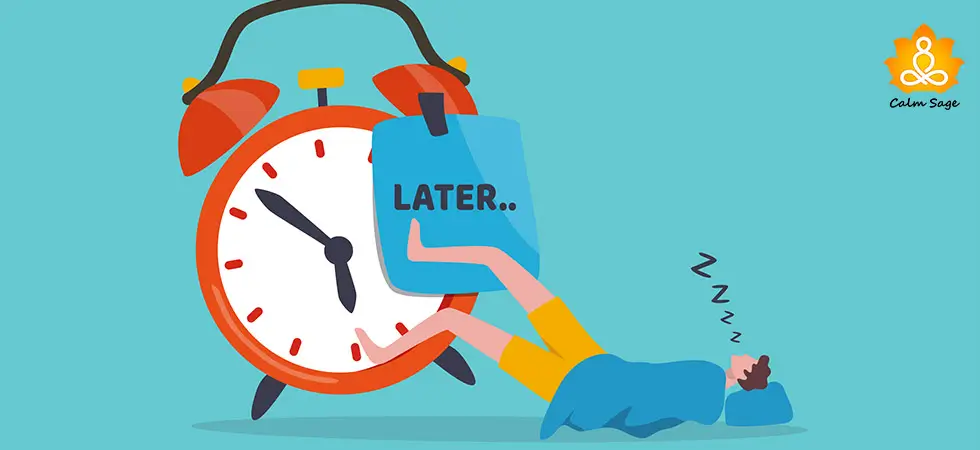Sensory Overload In Adults: What Causes It And How To Cope With It

Walking down the streets of your favorite market, you feel happy. Suddenly, the cars honking, the people talking over each other, sellers raising their voices, the music from the nearby stall – everything becomes too much for your senses and you begin to feel less happy and more overwhelmed.
Ever experienced this? If you have, then you might’ve gone through a sensory overload experience. This is the same as when you lower the music to see better. I know it makes no sense but sometimes when you’re faced with more sensory inputs than your brain can process, it can cause disorientation.
Sensory overload is a common experience and can happen to anyone. However, people living with certain conditions can be more susceptible to sensory overloads such as adults and children with ADHD, Autism, Anxiety, Post-Traumatic Stress Disorder (PTSD), and more.
Below, let’s take a look at what causes sensory overload, what it might look like, the conditions associated with sensory overload, and how you can deal with it.
Sensory Overload Causes

The environmental factors are not the only reasons for your sensory overload, certain areas of the brain play a major role in processing the senses you feel and experience. When your brain can’t process the senses as they flood, it can lead to a sensory overload. Reasons for sensory overload can differ.
For example;
People sensitive to noise or other sensory stimuli can easily feel overwhelmed without much environmental input. Others with certain mental health or medical issues might experience the same.
Sensory overload also plays a role in activating your stress response aka the fight-flight-freeze response which is why sensory overload meltdowns are also very common in adults and children and might be confused with tantrums or emotional outbursts.
Sensory overload can affect these senses:
- Auditory
- Touch
- Smell
- Taste
- Sight
- Body Awareness
- Balance, etc
Sometimes, one or more senses can be overwhelmed and cause distress. For example; the noise from the street vendors, the bright street lights, and the closeness of the crowd can become too much.
Sensory Overload And Other Conditions
People with certain neurodevelopmental disorders and mental health disorders are more prone to sensory overload than others. Those conditions linked with sensory overload experience can include;
1. ADHD
One of the features of ADHD is sensory overload. Children and adults with ADHD are likely to experience overstimulation and sensory overload. Other factors that can increase the risk of sensory overload in ADHD can include;
- Poor self-regulation
- Lack of self-awareness
- Hyperalertness
- Hyperactivity
- Impulsivity
- Inattentiveness
2. Autism
In a recent review, it was found that almost 90% of people with autism or living on the autism spectrum are likely to have sensory overload experience.
3. Anxiety
Adults living with anxiety are also more likely to experience sensory overload. In some cases, sensory overload can cause anxiety as well.
4. Brain Trauma Or Injury
If you’ve suffered mild brain trauma or injury like a concussion, then it can also cause sensory overload. Post-concussion light and sound sensitivity are common so it could affect your sensory input.
5. Post-Traumatic Stress Disorder (PTSD)
Adults with PTSD or trauma often struggle with sensory overload that is more often than not triggered by hyperawareness. This kind of constant hyperalertness can overwhelm the sensory input, causing an overload.
6. Sensory Processing Disorder
If you’re living with a sensory processing disorder, then you may respond to sensory inputs way differently than others. You might either struggle with over-responsiveness or under-responsiveness. This disorder is commonly diagnosed in children.
Sensory Overload Symptoms To Look For

Sensory overload symptoms can include:
- Feeling irritable
- Feeling anxious
- Feeling restless
- Feeling agitated
- Feeling angry
- Feeling stressed
- Wanting to cry
- Inability to sleep
- Experiencing a lack of focus
- Experiencing panic attacks
Children with sensory overload may respond (and express) differently than adults. Instead of feeling and showing anger, a child may just have an emotional meltdown. Same with adults. Not everyone may respond and express sensory overload the same way.
How To Deal With Sensory Overload?
Unfortunately, there aren’t any medications that can help cope with sensory overload but some self-help techniques and certain lifestyle changes can help you deal with sensory overload. Here are some tips to help you deal with sensory overload:
1. Identify Triggers
The first thing you need to do is figure out what is causing your sensory overload and what your reaction is to the experience. When you understand the pattern, you can work on eliminating your triggers or avoid them whenever possible. For example; if you feel yourself feeling overwhelmed in the marketplace because of the noise, then you can invest in some good noise-canceling headphones just to block out the excessive noise.
2. Stick To A Routine
Routine gives stability so having a routine will help you avoid triggers. If your sensory overload is caused by triggers you can’t avoid such as crowded spaces, then a routine can help you assess and create a plan to deal with sensory overload. You might not manage to avoid it or eliminate it but you might be better equipped to deal with the intensity by having a routine.
3. Reduce Impact
As I mentioned in the first point, when you know your triggers, you can find ways to avoid them or reduce their impact. When you can’t avoid your sensory overload triggers, then you can invest in things that can help you reduce their impact. For example; noise-canceling headphones, sunglasses, etc.
4. Learn Self-Soothing
Self-soothing techniques can also come in handy when you want to deal with sensory overload. Some calming techniques such as gentle movements, mindfulness, meditation, breathing exercises, grounding exercises, reading, fidget toys, etc. can help. You can also adjust your living space to better accommodate your needs to avoid unwanted sensory overload.
Bottom Line
Sensory overload is experienced when your brain is unable to process sensory inputs. Sensory overload happens when you become too overwhelmed by the attack on your senses to understand how to process, respond, and express it. Knowing what sensory overload is, its causes, and what it might look like can help you deal with sensory overload better.
If you feel or experience too much for your brain to handle, then you can find ways to give your senses a break or self-soothe to calm your frayed nerves and distress.
If your loved one or child is acting out of character then it could be more than a temper tantrum or emotional outburst. You can take care of them by understanding their triggers and giving them space to make sense of the inputs they receive.
It’s also important to know that sensory overload can happen to anyone, regardless of their condition or disorder. It’s not your fault for experiencing sensory overload. If you need medical intervention, then do not hesitate to seek one.
I hope this blog helped you understand what is sensory overload and how to deal with sensory overload. For more, you can write to us at info@calmsage.com or DM us on social media. You can also share your tips and thoughts in the comments below.
Take Care!




















